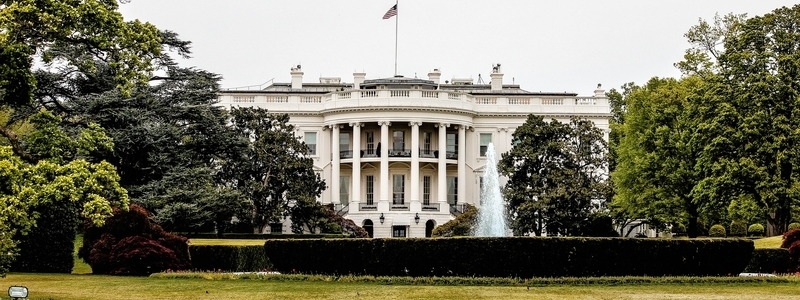It’s a new year and there’s a new administration in town. It’s been roughly a week since President Biden’s inauguration. Executive orders have already been signed and cabinet positions have been filled.
GovLoop wants government employees to feel ready for change. That’s why we’ve equipped you with our Presidential Transition Toolkit and sage advice from Acting Secretary of the Navy, Thomas W. Harker, and GovLoop’s Managing Editor, Nicole Blake Johnson.
In a recent GovLoop online training, they sat down to advise govies on how to handle the ongoing presidential transition, one that is particularly nuanced due to the COVID-19 pandemic and the current political climate.
What’s a Transition and Where Do I Come In?
The discussion started with a quote from the Partnership for Public Service.
“The full presidential transition process consists of three main phases, covering roughly one year, from April or May of the election year through the inauguration and the new administration’s first 200 days,” it read. This clarified that while the transition has been happening for a while, it is far from over.
“We’re in the thick of things,” Johnson said.
Federal workers who want to assist with the onboarding of appointees should remember their importance as civil servants and serve their organization and new coworkers in the ways that they can.
“You know things about your organization that everyone else might not know,” Johnson reminded the audience.
She also highlighted the importance of decision triggers.
“Decision triggers can apply to any area of your life where there are many unknowns, but you don’t want the unknowns to keep you stuck,” she said. To help everyone understand the concept, she used the example of a new manager being confirmed. Rather than waiting for the manager to arrive, employees could brainstorm what decisions may need to be made once the manager settles.
“[Decision triggers] are a way to keep the conversation going,” Johnson explained.
Keep Calm and Embrace Change
You can’t spell transition without change (not literally, of course). When govies were asked how they handle change, the majority said that they were either OK with change or disliked it.
Acting Secretary Harker sympathized with these sentiments. “Most of my career has been dealing with change,” he said. “The two things people hate the most are things the way they are and change.” To illustrate, he highlighted how uncomfortable it can be to adapt to a seemingly small change such as sleeping on the other side of the bed.
He explained that our resistance to change occurs because the benefits of change are often not articulated to us, noting that communication is key during transitional periods.
Harker also emphasized the importance of empathy, telling a story of how a coworker was resistant to a software change. He placed himself in the coworker’s shoes to understand where they were coming from. Building empathy with one’s coworkers contributes positively to an agency’s culture.
Johnson also empathized with those dealing with organizational change, raising the point that change can be a personal matter and make us feel out of control.
“We know that there are things that are going to happen that are going to be out of your control,” she said. She told the audience to focus on the things they could control.
She also recommended connecting with experienced coworkers. “Finding someone who has been through this before brings a level of comfort,” she added.
Thank You, Govies!
Before the webinar ended, Harker reminded the audience that they had already endured a tumultuous year.
“Stress is cumulative. We’ve had one heck of a year with COVID,” he said. He reminded the audience to prioritize their wellbeing. “Take time off. Recover. Get what you need to stay connected with your colleagues, friends, and family.”
He also thanked government employees for their hard work and commitment to serving the public.
“Thank you for all the service you provided to everyone in this country,” he said.
We couldn’t have said it better ourselves.





Leave a Reply
You must be logged in to post a comment.